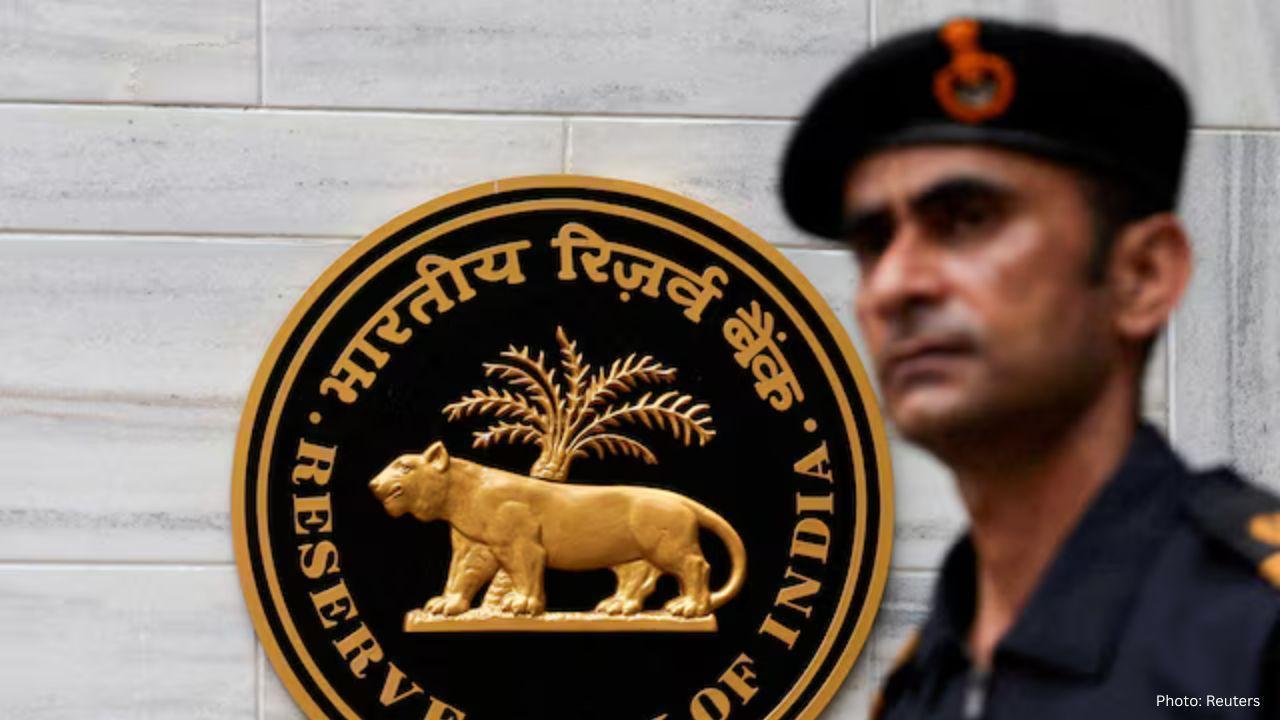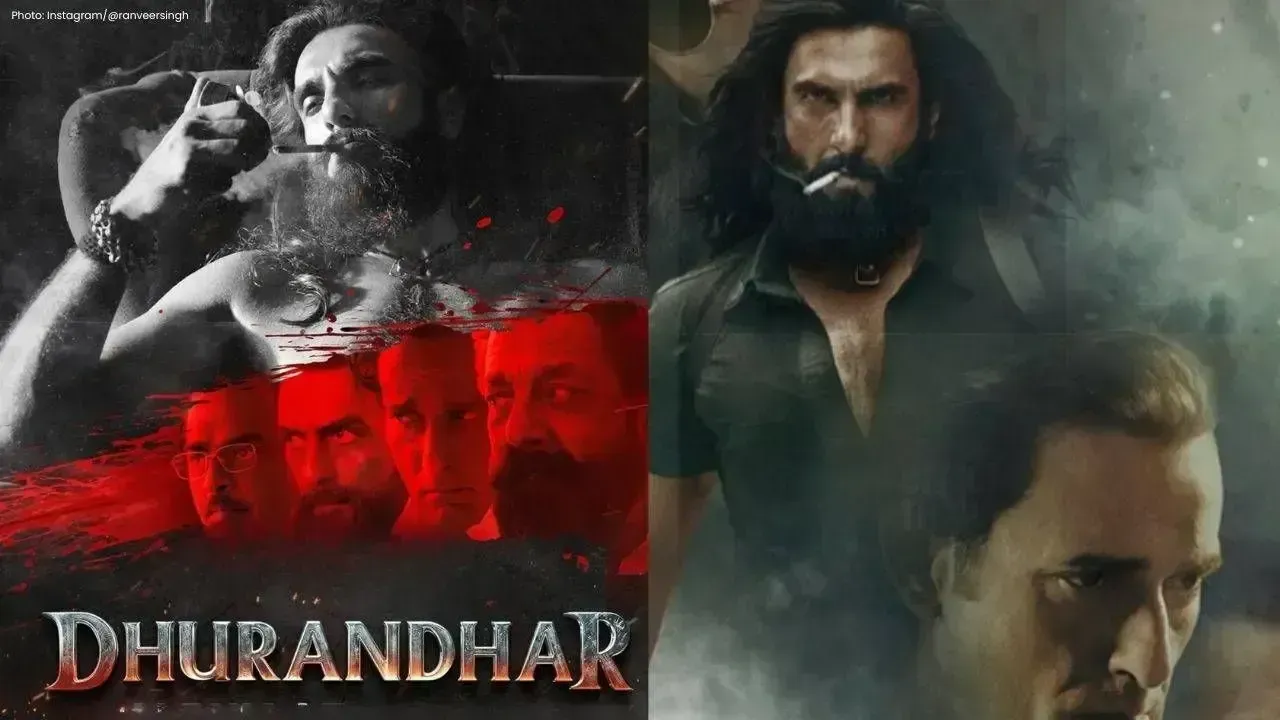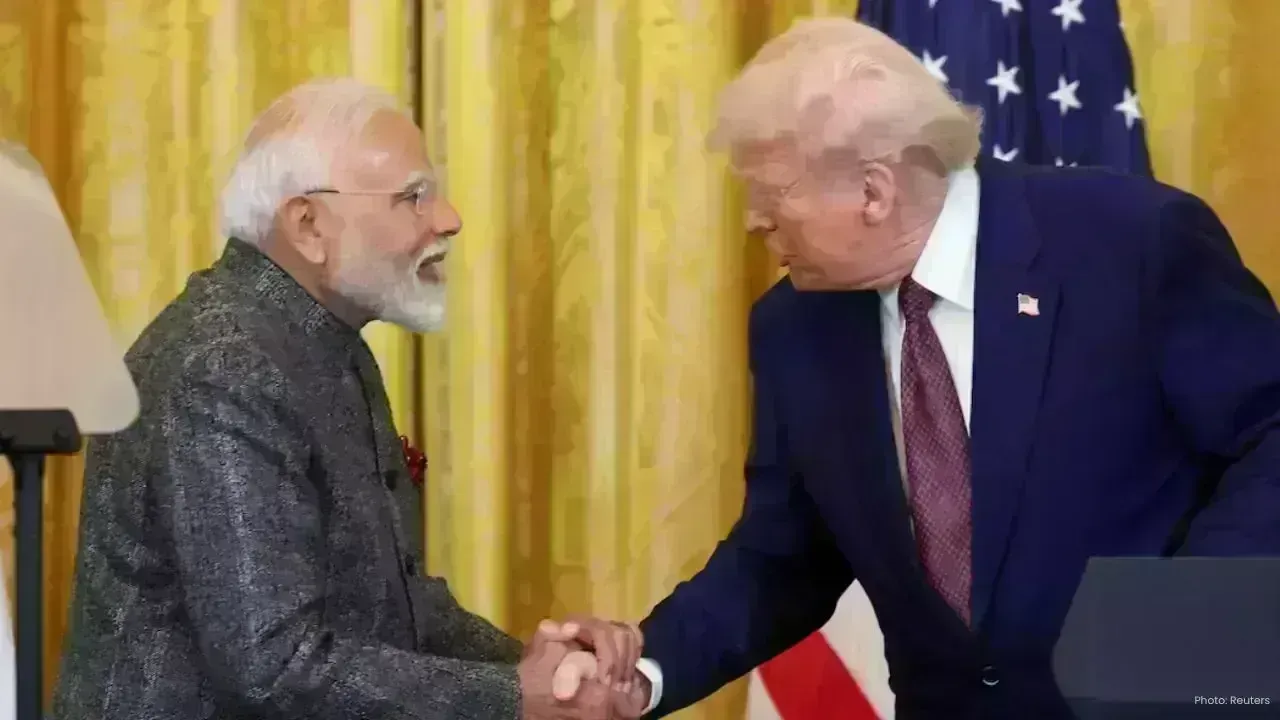You have not yet added any article to your bookmarks!

Join 10k+ people to get notified about new posts, news and tips.
Do not worry we don't spam!

Post by : Anis Farhan
The concept of content going “viral” has become a cornerstone of internet culture. A video, meme, or post can spread across the globe in a matter of hours, reaching millions of people without any traditional marketing push. But what drives this phenomenon? The answer lies not just in algorithms but also in human psychology. People are wired to share, and when certain triggers are activated—emotions, relatability, or novelty—content has the power to explode overnight.
Virality is not always accidental. Brands, creators, and influencers study audience behavior to craft messages that resonate deeply. Understanding the psychological mechanisms at play provides insight into why some pieces of content dominate feeds while others go unnoticed.
One of the most powerful drivers of virality is emotion. People don’t just share information; they share how it makes them feel. Research has shown that content that evokes strong emotions—whether joy, anger, awe, or even outrage—is more likely to be spread.
A funny meme taps into humor, creating a sense of joy and connection. A heartbreaking video stirs empathy and compassion, prompting viewers to raise awareness. Outrage-driven content triggers debate and discussion, ensuring visibility through engagement. In essence, when content makes us feel strongly, it bypasses rational filtering and urges us to press the share button.
Another critical factor in viral content is relatability. People connect with stories and situations that reflect their own experiences or beliefs. This is why everyday humor, lifestyle hacks, or personal struggles resonate so deeply—they remind us of ourselves.
For example, a short clip about the struggles of working from home during the pandemic went viral because millions could instantly relate. The sense of “that’s me” creates a collective identity around the content, amplifying its reach.
The human brain craves novelty. Content that introduces something unexpected or surprising stands out in the sea of sameness online. Whether it’s an unusual talent, a groundbreaking experiment, or a bizarre coincidence, surprise fuels curiosity and conversation.
Novelty also satisfies our desire to be the first to discover something. People feel rewarded when they can share something new with their networks before it becomes mainstream. This psychological drive—being seen as “in the know”—turns novelty into a powerful ingredient of virality.
Once content starts gaining traction, another psychological principle kicks in: social proof. People are more likely to engage with something if they see others doing it. High view counts, trending hashtags, and celebrity endorsements all create a perception that “this is worth my attention.”
The bandwagon effect then accelerates the spread. As more people jump on, late adopters join in, not wanting to feel left out. This fear of missing out (FOMO) is a major driver of why viral trends spiral so quickly.
While psychology plays a huge role, digital platforms act as the stage for virality. Algorithms on TikTok, Instagram, and YouTube reward engagement, quickly boosting content that shows signs of traction. Short-form videos, in particular, are optimized for quick consumption and sharing, creating an ideal environment for viral spread.
However, algorithms only amplify what psychology has already ignited. Without emotional, relatable, or novel elements, content is less likely to catch fire, regardless of platform mechanics.
Several iconic examples illustrate these principles. The “Ice Bucket Challenge” combined novelty, a sense of community, and a charitable cause, making it one of the biggest viral campaigns in history. Memes like “Distracted Boyfriend” thrived because of humor and relatability, transcending language barriers.
On TikTok, simple dance challenges have gone viral because they combine music, participation, and social proof. Millions joined in not only for fun but also to be part of a global conversation. Each case reflects the psychological underpinnings of emotional impact, relatability, novelty, and social proof.
While virality can be entertaining and even beneficial, it also has a darker side. False information and harmful trends can spread just as fast as positive ones. Outrage-driven content, in particular, may manipulate emotions, causing polarization and misinformation.
Understanding this darker side reminds us that virality is not always synonymous with value. The psychological triggers that make content shareable can also be exploited, making media literacy and critical thinking more important than ever.
Many marketers and creators dream of cracking the code to guaranteed virality. While no formula ensures overnight success, applying psychological principles increases the chances significantly. Crafting emotionally charged stories, adding surprise elements, ensuring relatability, and leveraging social proof can tilt the odds.
However, virality often requires a degree of timing and luck. Global events, cultural moods, and random chance can all determine whether content explodes or fades. Still, those who understand the psychology behind it are far better positioned to create content that resonates.
As technology evolves, so too will the nature of viral content. Artificial intelligence, virtual reality, and immersive storytelling will add new layers to how content engages emotions and relatability. Yet the core psychology will remain unchanged—humans will continue to share what makes them feel, laugh, cry, or belong.
Future generations may look back at today’s memes and challenges as digital folklore, a reflection of our collective emotions and behaviors. What won’t change is the human need to connect through shared experiences, whether online or offline.
This article is for informational purposes only and is not intended as professional advice. The insights presented are based on general psychological principles and cultural observations.










Ranveer Singh’s Dhurandhar Hits ₹1000 Cr Despite Gulf Ban Loss
Dhurandhar crosses ₹1000 crore globally but loses $10M as Gulf nations ban the film. Fans in holiday

China Claims India-Pakistan Peace Role Amid India’s Firm Denial
China claims to have mediated peace between India and Pakistan, but India rejects third-party involv

Mel Gibson and Rosalind Ross Split After Nearly a Decade Together
Mel Gibson and Rosalind Ross confirm split after nearly a year. They will continue co-parenting thei

Rashmika Mandanna, Vijay Deverakonda Set to Marry on Feb 26
Rashmika Mandanna and Vijay Deverakonda are reportedly set to marry on February 26, 2026, in a priva

FIFA Stands by 2026 World Cup Ticket Prices Despite Fan Criticism
FIFA defends the high ticket prices for the 2026 World Cup, introducing a $60 tier to make matches m

Trump Claims He Ended India-Pakistan War, Faces Strong Denial
Donald Trump says he brokered the ceasefire between India and Pakistan and resolved eight wars, but